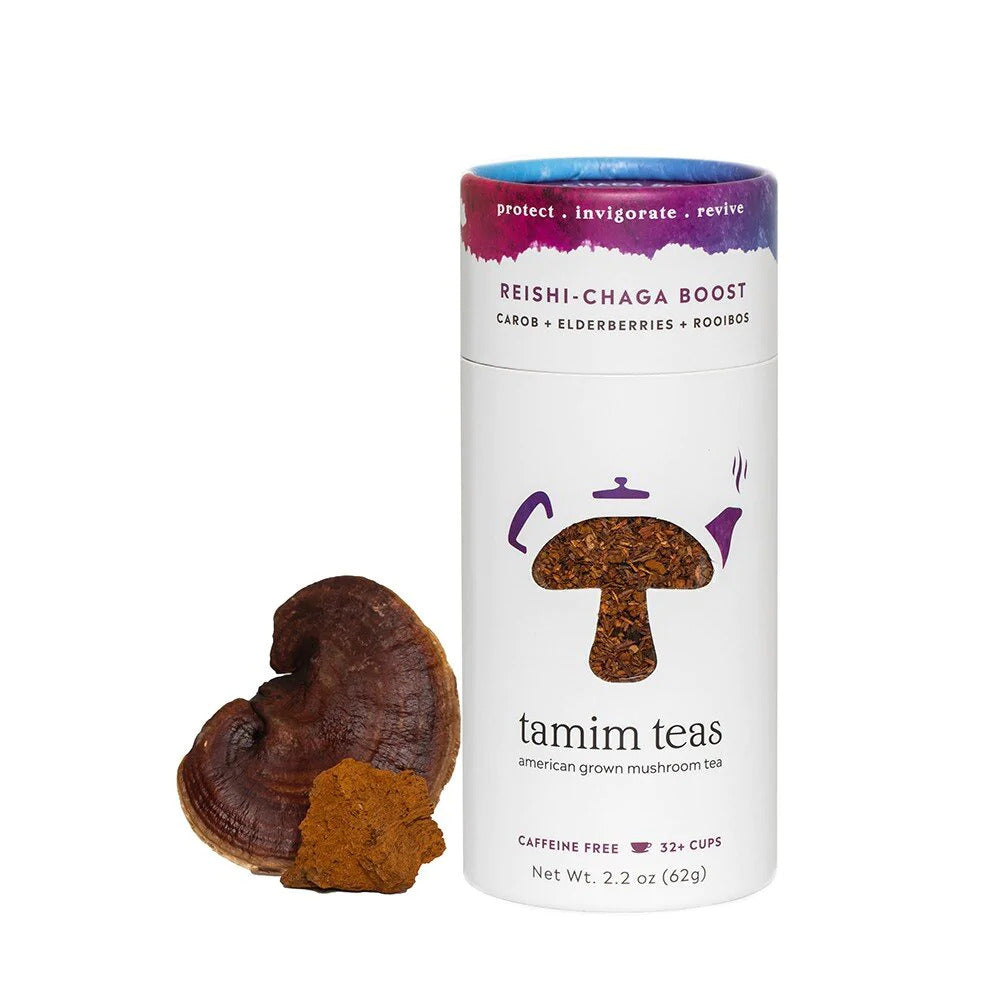Blog
What Does Chaga Mushroom Tea Taste Like?
Chaga fungus grows on birch trees, appearing like an overgrown piece of charcoal when first encountered, but packed full of essential vitamins and antioxidants that provide ample nourishment.
Chaga tea’s earthy flavors pair beautifully with heartier foods such as soups, salads and roasted meats; additionally it complements sweet foods like fruit or dessert.
Earthy
Chaga mushroom, an uncommon and eye-catching herb found growing on birch trees’ bark, boasts an eye-catching appearance and stands out as one of the more uncommon herbs available today. Dubbed Inonotus obliquus by scientific scholars, chaga can be found growing wild throughout Russia, Europe, Canada and the northern United States birch forests.
Earthy and slightly bitter with subtle notes of coffee and vanilla. Mild woodiness gives this mushroom its opulent texture. When steeped as tea, its subtle flavor varies depending on preparation method and quality of mushroom used; depending on whether the tea contains coffee, vanilla, or even nuttiness – which varies with each cup!
Chaga tea can be prepared by boiling or steeping chunks or powder of Chaga mushrooms until their medicinal compounds and nutrients are released through brewing. Chaga mushrooms contain several antioxidants, making it beneficial to health in many ways; its anti-inflammatory properties reduce pain, swelling and energy drain while its immune-enhancing benefits fight viruses and infections; it has even been found to slow tumor growth while decreasing risks associated with cancerous cells.
Are You Wanting to Try Chaga Mushroom? When seeking to consume Chaga mushrooms, find an herbalist or natural health store offering it near your location. Most stores sell both Chaga mushroom tea and chunks or powder form of this mushroom; alternatively you could find some at local farmers markets if it naturally occurs there.
To prepare chaga mushroom tea, boil the desired number of cups of water and combine a teaspoon of chaga powder or chunks with them before steeping for 10 minutes before drinking it at any time during your day – no caffeine needed here, so no “jitters”. Try pairing your beverage with lemon juice or raw honey for extra pleasure.
Make a tincture of chaga to use in cooking and/or supplementation. A stronger concentration of its healing compounds, this ratio ensures you obtain all the benefits from this superfood.
Vanilla-like
Chaga mushroom offers an intoxicating blend of earthy, woodsy flavors with subtle vanilla undertones and mild bitterness – perfect for teatime enjoyment or culinary creations alike.
One of the easiest and most enjoyable ways to enjoy chaga is through making tea. Simply break apart or grind some chunks of chaga into small pieces, place into a tea infuser, and steep for several minutes in boiling water – this will create a rich and nutrious beverage which can be enjoyed alone or combined with sweeteners such as maple syrup or honey for additional sweetness.
Brewing process can have a dramatic impact on the flavor of chaga tea, as its duration of steeping can influence its intensity and depth of flavor. Some prefer steeping their chaga for longer to produce stronger and bitterer tea while other find shorter steeping times produce a more delicate taste.
Chaga tea stands out from its counterparts by having both an earthy and bitter flavor, as well as an enjoyable vanilla-like note derived from vanillin compounds found in vanilla beans. This element often adds a welcome sweetness that balances out its other characteristics.
Chaga tea may even have a subtle smokiness similar to that found in coffee that has been burned or smoked; this smokiness, however, is much lighter than its counterpart in dark tea varieties such as pu-erh and black.
Chaga tea can be enjoyed both alone or combined with herbs and spices to further its flavor profile. Chamomile and nettle are popular additions, helping balance out its earthy and bitter qualities while adding natural sweetness such as honey or stevia that won’t compromise its health benefits.
Coffee-like
Chaga mushroom tea offers an exquisite earthy flavor reminiscent of coffee and vanilla, or woody and smoky notes, when prepared properly. Experimentation can help find your ideal flavor profile – explore various brewing techniques until you find what suits you!
One can find numerous recipes online to create chaga mushroom tea, yet for best results it is vital that one follows each instruction exactly. Too much water may dilute its flavor and nutritional value while boiling water can damage antioxidants within the fungus and exacerbate potential complications in making tea from it.
The chaga mushroom is a slow-growing, non-toxic fungus found on birch trees in cold climates. Featuring coal-black exterior and cork-like interior surfaces, this mushroom has earned itself the moniker “crown of the forest”. Boasting numerous health benefits and providing natural energy sources to its host trees, its abundance can even make a forest vibrantly alive!
People often turn to chaga mushroom tea for its ability to boost immunity and enhance overall well-being, reduce cholesterol and blood sugar levels and support overall cellular health and prevent cancer. Studies have also demonstrated its efficacy at fighting cancer cells or even preventing tumors from forming altogether.
As much as this tea may offer benefits, it should not be seen as a replacement for conventional medicines. Chaga should be consumed as part of a healthy diet and should not be taken by those suffering from auto-immune diseases such as rheumatoid arthritis or lupus; additionally it is not advised for pregnant or breastfeeding mothers.
Online sources abound with claims about how chaga can cure cancer and other diseases. While the fungus does have many beneficial properties, not all medical claims have been tested through clinical trials to verify them.
Sweet
Chaga mushroom tea stands out as an ideal option for anyone wanting to reduce their caffeine consumption or have sensitivities to stimulants, providing a gentle yet soothing and relaxing cup of tea to start or end their day without risk.
Chaga mushroom tea contains complex compounds with many health advantages. It is typically described as having an earthy, woody and vanilla-like taste, reflecting its environment of origin. Chaga mushrooms contain antiviral, antioxidant, anti-inflammatory, hypoglycemic and hypoglycemic properties and it may help prevent cancer or slow tumor growth; additionally they may aid with inflammation such as rheumatoid arthritis or systemic lupus erythematosus (SLE).
Chaga mushroom tea not only boosts immunity, but it can also promote healthy skin. Betulin, one of its compounds, may help prevent acne and wrinkles while its unique antioxidant profile neutralizes free radicals to protect from damage.
Chaga mushroom tea offers another advantage by stimulating spleen lymphocytes, helping regulate your immune system. Furthermore, its compounds promote beneficial cytokines that balance your immune response while blocking harmful ones that might lead to inflammation.
To make Chaga mushroom tea, boil some water in a kettle and add one teaspoon of Chaga powder per cup of hot water, allowing the tea to steep for at least five minutes before drinking it. You may also purchase Chaga extract capsules as a supplement.
When purchasing chaga mushroom supplements, look for third-party testing credentials to ensure they are free from pesticides and chemicals. Also seek a vendor with detailed information regarding where it was harvested so you can determine whether or not it’s organic, how it was handled during processing, etc.



